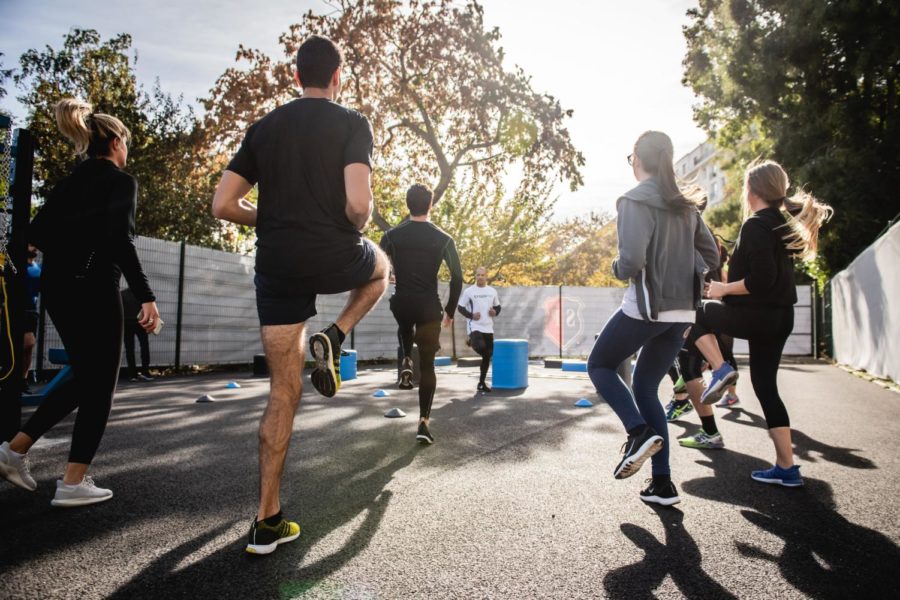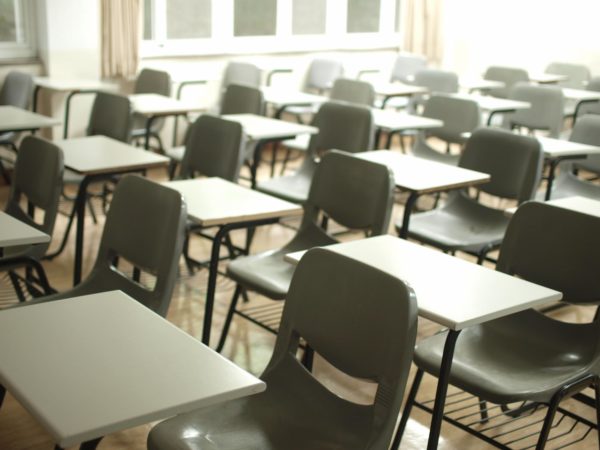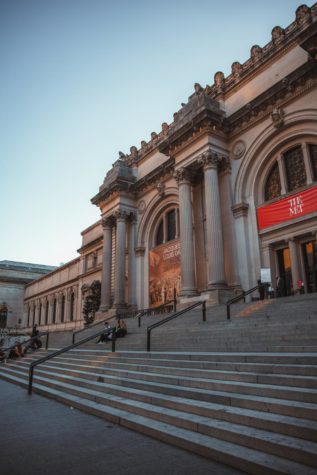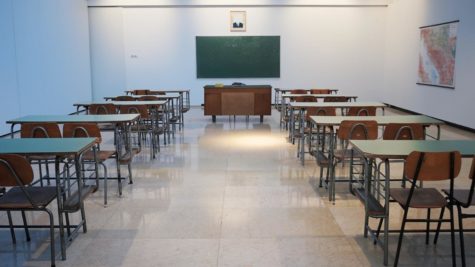Does Gym Matter?
November 7, 2022
In the past, Physical Education has been integrated into schools based on the idea that physical activity benefits students’ mental health and helps learning and physique, but how much of this remains true today?
The teaching of PE began in ancient Greece but did not reach America until the mid-19th century. After the American Civil war, certain laws required schools to teach PE to prepare future generations for war.
The US draft in World War I revealed that one-third of recruits were physically incompetent for combat, leading to the improvement of PE in American schools. By World War II, PE became common among men and women who desired to improve themselves for combat and manual labor. But how well does PE apply to modern-day schooling?
This generation does not need to be taught a class that was initiated to train kids for war.
Many argue that PE engages the brain and helps kids pay attention in school. A study at the University of British Columbia showed that regular aerobic exercise enlarges the size of the hippocampus–the part of the brain that engages memory. However, if it’s brain engagement we are aiming to encourage, why does the Three Village Central School District only require one high school music credit–achievable while still in junior high–but requires kids to be in PE from elementary school to their senior year of high school? This question is furthered with the consideration that research from John Hopkins Medicine has shown that music can engage the brain in the same ways as aerobic exercises do and even proves to engage more parts of the brain than the exercises.
Thus, if music has the same benefits as a gym class and is considered an elective, why isn’t gym offered as an elective? Many have to give up free periods and lunch to pursue electives such as music, arts, and subjects that interest them. There is no clear reason why students should have less time in their schedule for a class they do not feel they benefit from.
Since the re-introduction of changing before gym classes, students have complained more about PE. While changing before gym class in front of their peers, students may feel insecure in locker rooms, due to a lack of self-esteem. Additionally, if students do not change for their gym class, they are penalized, which has potential to decrease their grade-point average. Most of the time, the scheduled gym activities do not require a change of clothes. This is especially highlighted in light of the COVID-19 pandemic. Throughout the past two years, students have been able to go to gym classes in the clothes they wore to school and still be able to effectively participate.
Gym was a tool initially used for battle and offers no special values other than some physical activity, which students can make up for on their own. It’s become irrelevant in modern-day society and schooling, in a much less war-centered society. Students have wide varieties of interests that require a wide variety of different courses that crowd schedules, and the added requirement of gym adds nothing but unnecessary stress on that scheduling. The elimination of gym as a required course would be beneficial to students, allowing them to better pursue their interests.












